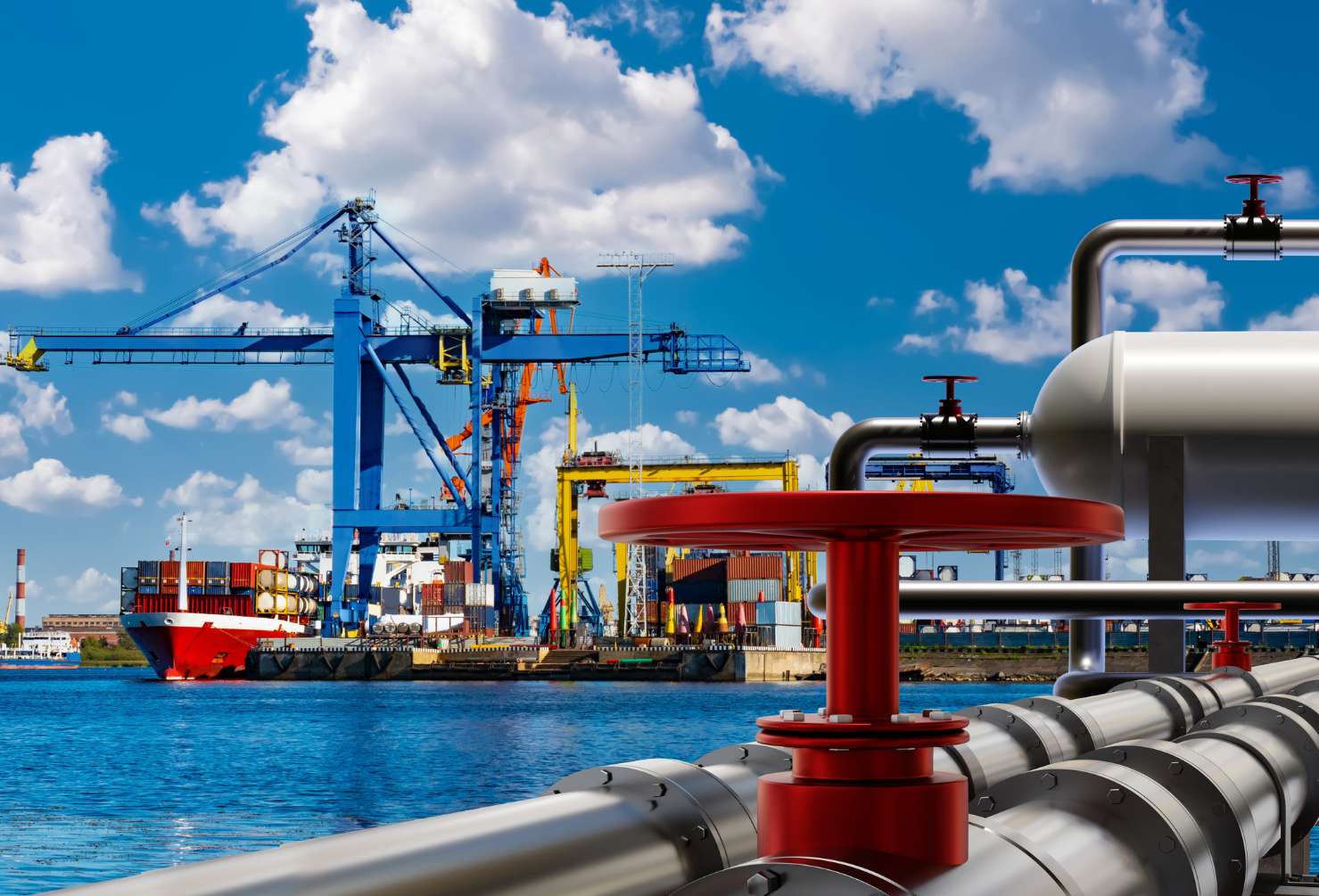
Few energy projects in Australia have made as much impact as quickly as the Scarborough LNG Project. As of 2025, it has become more than just a major infrastructure development, it’s a catalyst for workforce transformation across Western Australia.
With construction now over 80% complete and full operations expected to begin in 2026, Scarborough is driving record demand for skilled labour, reshaping training pathways and repositioning WA as the centre of Australia’s gas workforce.
A Quick Recap: What Is the Scarborough Project?
Operated by Woodside Energy, the Scarborough Project involves extracting gas from the Scarborough field, located around 375 km off the WA coast and piping it to an expanded Pluto LNG facility in Karratha.
Key elements include:
- A 430-kilometre subsea pipeline
- A new floating production unit (FPU)
- Construction of Pluto Train 2, an onshore processing train
- Domestic gas infrastructure to supply WA’s energy market
With over $16 billion invested, Scarborough is one of the largest oil and gas undertakings in Australia this decade.
It is also one of the first major LNG projects globally to reach FID and proceed to full construction post-COVID, making it a flagship of post-pandemic economic recovery in the energy sector.
How It’s Shaping the WA Energy Workforce
1. Unprecedented Skilled Labour Demand
The project has created thousands of jobs across trades, engineering, construction and project services.
In-demand roles include:
- Mechanical fitters
- Rig electricians and instrumentation techs
- Welders and boilermakers
- FIFO operators and logistics personnel
- Construction project managers and schedulers
This surge is putting pressure on labour availability across WA, with ripple effects felt across mining, construction and manufacturing.
Some companies report shortages in experienced dual-trade workers and increased reliance on interstate and international recruitment to fill urgent scopes.
2. Reshaping Training and Upskilling Pathways
The workforce challenge has brought education providers into closer collaboration with industry.
- TAFEs and RTOs have seen a spike in enrolments for Cert III and IV programs in electrical, mechanical and instrumentation trades.
- Apprenticeship intakes have grown significantly, with several contractors launching fast-track pathways tied to project timelines.
- Upskilling initiatives for existing energy workers are being used to transition personnel from shutdowns or oilfield operations into LNG construction roles.
Scarborough is effectively setting a new benchmark for aligning education and project demand.
3. FIFO and Regional Population Growth
The resurgence of large-scale FIFO employment has increased pressure on regional infrastructure.
In and around Karratha:
- Accommodation facilities are at near capacity
- Flights and logistics services have expanded
- Camp standards have improved to retain top-tier talent
Meanwhile, some contractors are experimenting with shorter swings, better connectivity and enhanced well-being programs to make FIFO work more sustainable.
This renewed focus on regional workforce support is likely to influence how future projects are staffed across WA.
4. More Competition for Project Talent
Scarborough’s prestige and pace have made it a magnet for WA’s most experienced construction and commissioning professionals. This has had downstream effects:
- Wage inflation in key trades, particularly boilermakers, electricians and HSE professionals
- Increased poaching between contractors and projects
- Retention challenges on smaller scopes and shutdown crews
Some employers are now investing more in early-stage talent, offering longer contracts and improving flexibility to compete.
A Look Back: How Scarborough Compares to Previous WA Megaprojects
Scarborough has drawn comparisons to past WA LNG giants like Gorgon, Wheatstone and North West Shelf. But in many ways, it is forging a new path.
- The modular build strategy, with fabrication in Batam and onshore assembly in Karratha, has introduced new skills to the workforce
- The project’s integrated domestic gas strategy ensures benefits are felt locally, not just through exports
- It has been delivered with fewer COVID-era delays than many global peers, reinforcing WA’s reputation for execution excellence
What Happens Next?
As Scarborough moves closer to operational status, the focus will shift from construction to commissioning, start-up and operations support.
This will open demand in:
- Maintenance and reliability engineering
- Control room operations
- Asset integrity and inspection
- Long-term site services and logistics
Workforce strategy will also transition to long-term operations planning, with a focus on permanent roles and rotational schedules.
At the same time, construction professionals will be redeployed into:
- Tie-backs and infill projects
- Brownfield upgrades at Pluto and other LNG hubs
- New LNG concepts expected to follow Scarborough’s example
Final Thoughts
The Scarborough LNG Project is more than just a gas development, it’s a case study in how a single megaproject can reshape an entire workforce landscape.
For workers, it’s created new opportunities, higher wages and stronger training pathways. For industry, it’s raised the stakes in how we attract, develop and retain energy talent.
And for Western Australia, it has cemented the state’s role as the engine room of Australia’s LNG future.
At Enxgy, we’re working at the frontline of this shift, connecting skilled professionals to the opportunities Scarborough and other WA projects are creating.





